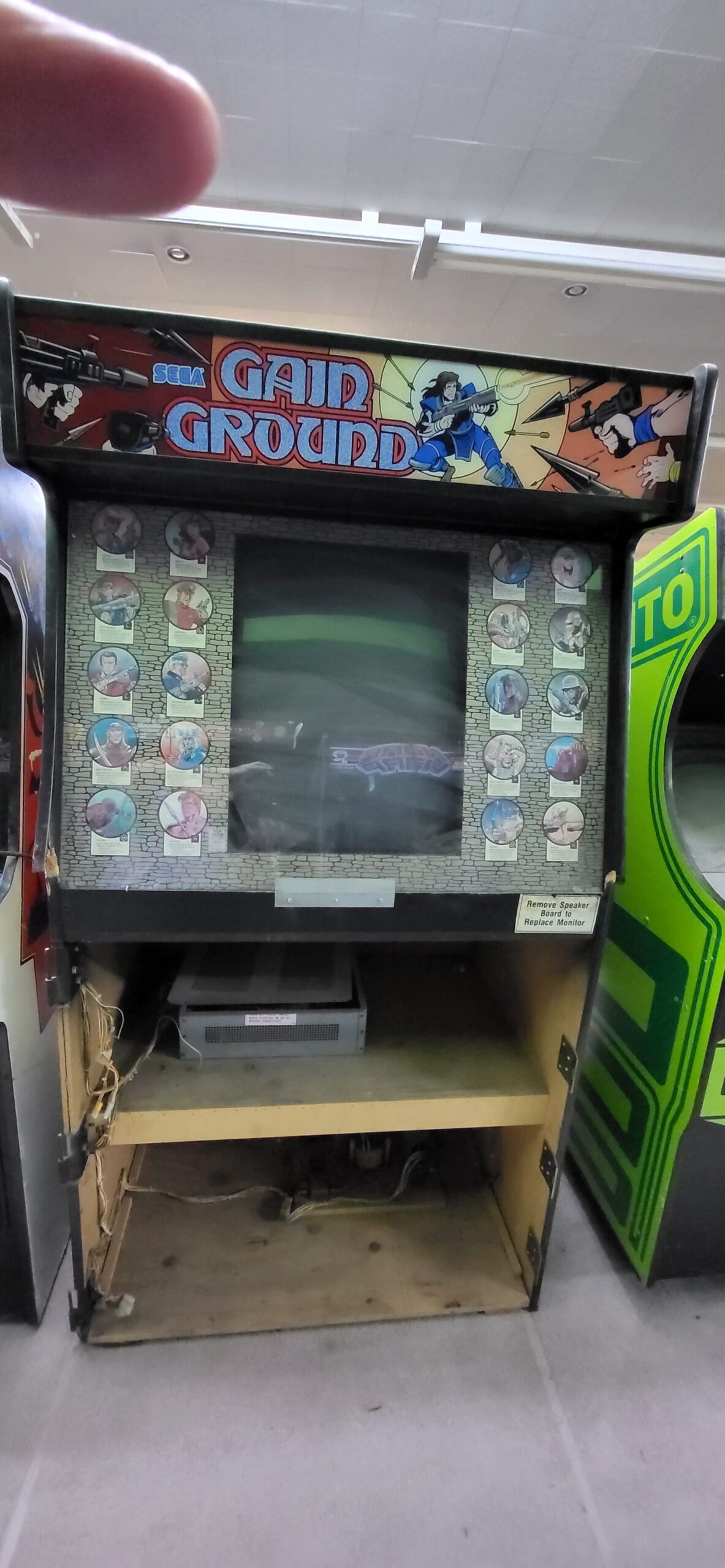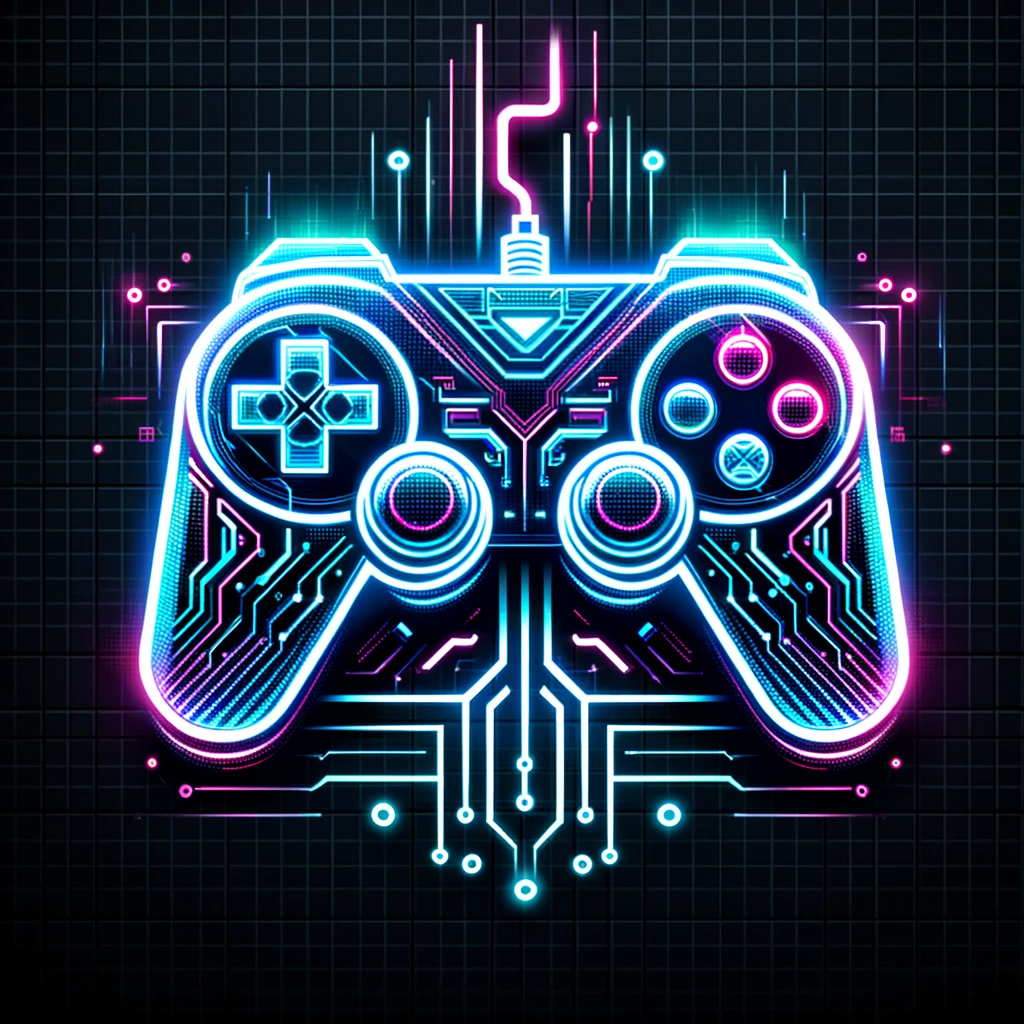
Gain Ground
Arcade / Sega 1988
Gain Ground is a classic arcade video game developed and published by Sega. Originally released in 1988 as an arcade title, Gain Ground combines elements of action and strategy in a unique gameplay experience. The game features a top-down perspective and revolves around guiding characters through a series of increasingly challenging levels, utilizing a diverse roster of characters each with distinct abilities.
Developed by Sega, Gain Ground was first introduced to the gaming world in 1988 as an arcade game. Designed by Yu Suzuki and Koichi Kotabe, the game stood out for its innovative blend of action and strategy, providing players with a different gaming experience. Gain Ground later saw releases on various home gaming platforms, including the Sega Genesis, Master System, and others.
Gain Ground received positive reviews for its engaging gameplay and innovative mechanics. Critics praised its strategic depth and diverse character selection. The game’s challenging levels and cooperative multiplayer mode also contributed to its positive reception. Over time, Gain Ground has gained a reputation as a classic in the arcade gaming community.
Gain Ground has seen adaptations and releases on various gaming platforms. In addition to its original arcade version, the game was ported to home consoles such as the Sega Genesis, Master System, and others. It has also been included in several Sega compilations and retro gaming collections. The success of Gain Ground led to the creation of sequels and inspired other games with similar gameplay mechanics.
As an arcade classic, Gain Ground’s rarity and value can vary. The number of units produced during its arcade release is not widely documented, contributing to its collector’s appeal. Depending on factors such as condition, version, and availability, collectors may find Gain Ground arcade cabinets fetching a significant value in the retro gaming market.
Gain Ground’s arcade hardware specifications include a variety of components such as a CPU, graphics hardware, and sound hardware. While specifics may vary based on the version of the game, common components for arcade cabinets of the time include a Z80 processor, custom Sega graphics hardware, and dedicated sound hardware. For potential repairs, enthusiasts can refer to technical documentation and resources available online, including lists of relevant parts such as power supplies, monitors, and control panels.


